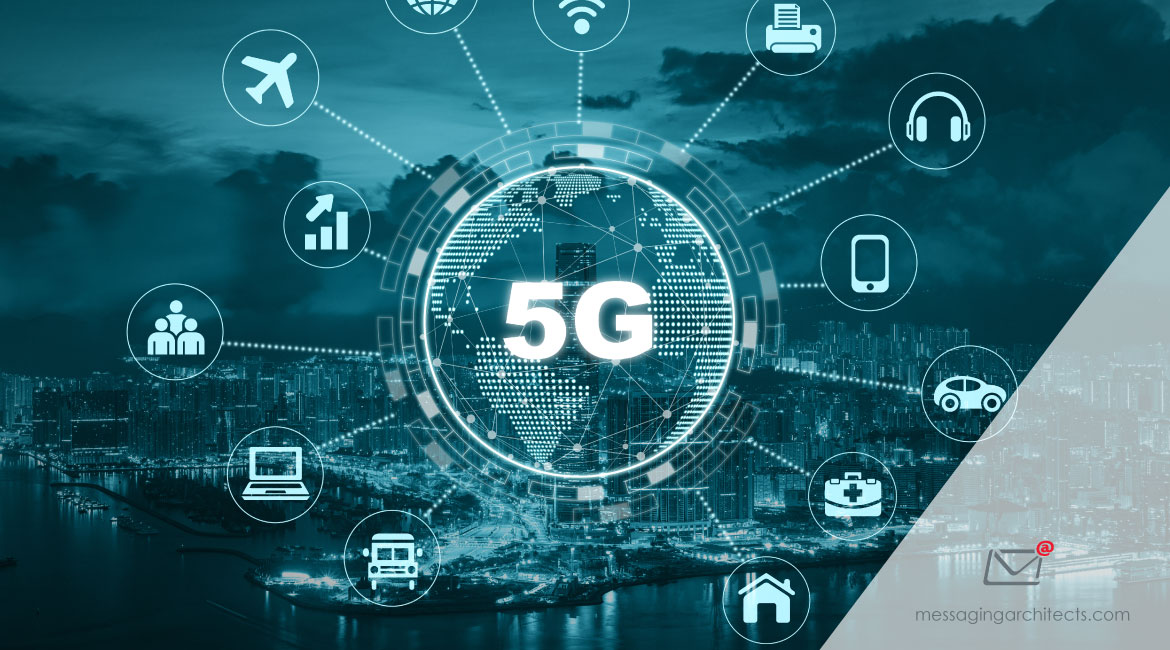How the technology will have a profound impact on healthcare delivery.
For doctors and other medical practitioners, 5G technology can help them not only perform their jobs more effectively, but also do things they couldn’t have accomplished before. That’s primarily thanks to two factors. First is 5G’s greater bandwidth, which will let them download files anywhere from 10 to 100 times faster than before. Second is its low latency, or how long it takes from the time a user requests an action to the network’s response. The impact should be especially pronounced in several areas: remote healthcare, communication within hospitals, and medical training.
Remote healthcare
Thanks to its fast speed and low latency, 5G should make it possible to deliver healthcare long-distance more effectively than ever before, according to medical experts. That’s because data transmission from remote locations can happen in close to real-time. Thus, doctors and specialists will be able to diagnose, treat and monitor patients located hundreds or even thousands of miles away, and do so quickly and accurately. The ultimate example of telemedicine is remote surgery, in which surgeons control robots that perform an operation.
“Care can be delivered virtually, anywhere at any time to anyone,” said Shafiq Rab, senior vice president and CIO of Rush University Medical Center, in a recent video.
In fact, the global telemedicine market will more than double in size, growing at a compound annual rate of 16.5 percent from 2017 to 2023, according to Market Research Future.
An important piece in the puzzle is the ability to tap a goldmine of data from wearable devices, allowing doctors and other health practitioners to monitor patients and detect problems before they get worse.
“Today, you can only get short-term data like blood pressure,” says David Linthicum, chief cloud strategy officer at Deloitte, “But that’s looking backwards, a reactive rather than a proactive approach.”
But over 5G networks, large amounts of data from wearable devices can be gathered in real-time. Using AI capabilities, that information can be analyzed for patterns indicating a potentially serious medical event. A patient with high blood pressure who is at risk for stroke, for example, could wear a device that sends updated data through a 5G transmitter to a centralized server. At the same time, an AI-driven program would analyze the stream of information. If it detected an impending stroke, it could immediately tell the patient to seek immediate care.
There also would be a machine-based triage system, alerting the doctor in an emergency.
“A doctor with 50 patients might get an alert once or twice a month,” says Linthicum, “But the system would allow the physician to deal with issues before they become emergencies.”
Communications within hospitals
Doctors scattered throughout medical centers often have to wait up to an hour to receive massive CT scans and MRIs from colleagues elsewhere in the same hospital. It’s a long time to wait before being able to make a diagnosis. Worse, transmission sometimes fail thanks to bandwidth limitations. That’s where the faster speed and larger capacity of 5G also may have an impact, according to experts. With the technology, such gigantic files should take a matter of seconds to transmit.
Working with AT&T, Rush University Medical Center recently launched a test of 5G throughout the hospital system to see how the technology can improve different processes—for example, testing how quickly medical staff can send and download large amounts of data within the hospital.
There’s also the matter of communication between different institutions.
“I think hospitals will adopt a 5G communication infrastructure that operates within the hospital and outside of it,” says Linthicum. “That way, you can use the same network wherever you are quickly and without worrying about Wi-Fi connections and distortions.”
5G networks should also help support the skyrocketing number of connected devices within hospitals and make them more effective. And it should make them more mobile. Example: “untethering” x-ray machines, MRI imaging machines and other costly diagnostic devices. Also, 5G networks’ improved bandwidth will allow for near real-time care in emergency situations, plus quicker and more accurate decision making.
Medical training
5G’s benefits also should impact the way doctors learn by making it possible to tap highly sophisticated augmented and virtual reality applications. Consider a VR application for training medical students on the physiology and diagnosis of stroke, developed by Qualcomm Technologies. Wearing a VR headset, students are immersed in a virtual space in which they interact with a patient to assess whether the person is exhibiting symptoms. For example, by asking patients to raise their arms, students see how individuals suffering from a stroke would be affected.
Such applications will redefine how doctors are able to teach patients as well as students.
Used with the permission of http://thenetwork.cisco.com
by Stephanie Chan






